Baklava in Cyprus Regional Twists and Traditions
10 min read Explore the diverse regional twists and rich traditions of baklava across Cyprus, highlighting unique flavors and cultural craftsmanship. July 03, 2025 12:05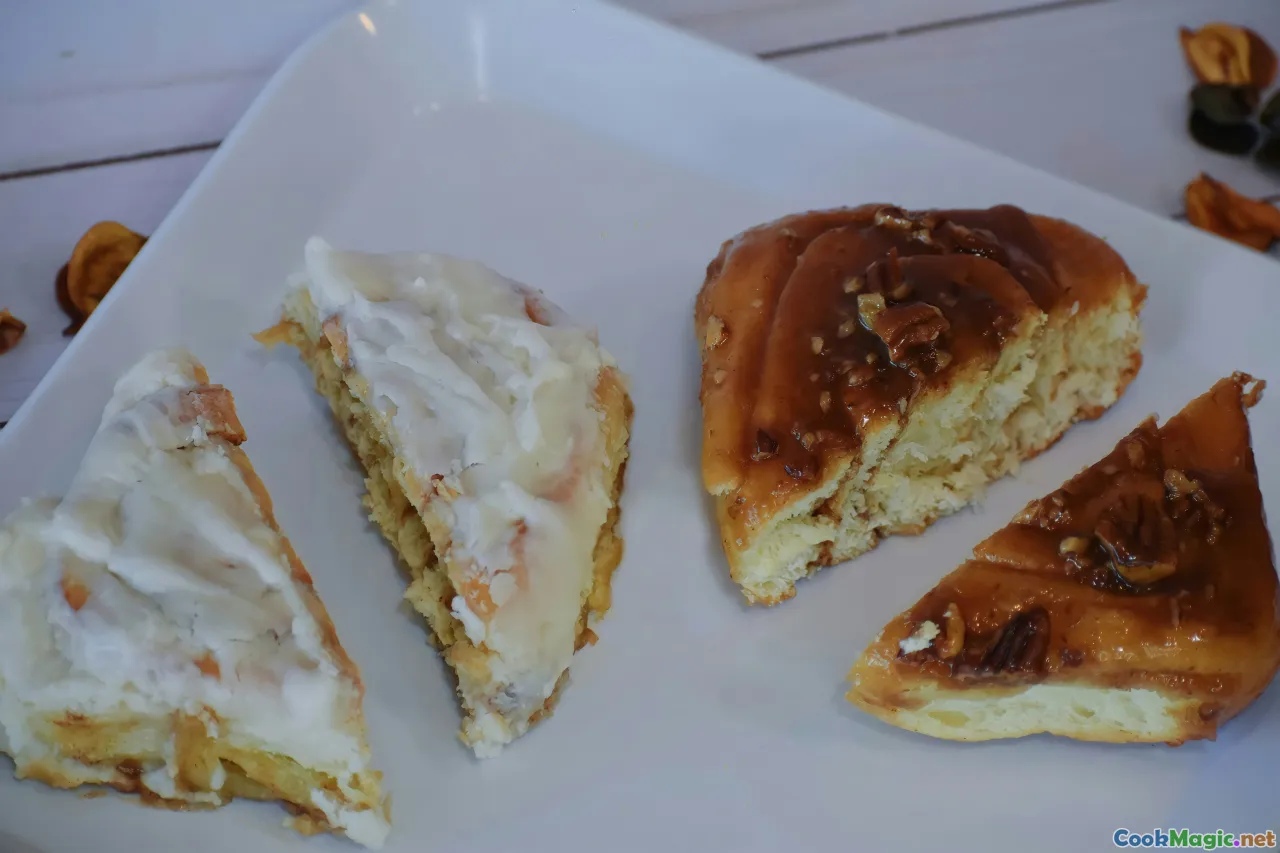
Baklava in Cyprus: Regional Twists and Traditions
The aroma of warm, honey-soaked baklava wafts through the streets of Cyprus, evoking a deep sense of community, history, and tradition. As one strolls through narrow alleyways in bustling villages or settles into a quaint café, the sight and smell of this layered pastry evoke memories of family gatherings, religious festivals, and leisurely afternoons. While baklava is a beloved staple across the Eastern Mediterranean, in Cyprus, it has acquired unique regional twists that echo the island’s rich cultural tapestry.
The Heart of Cypriot Baklava: Tradition and Heritage
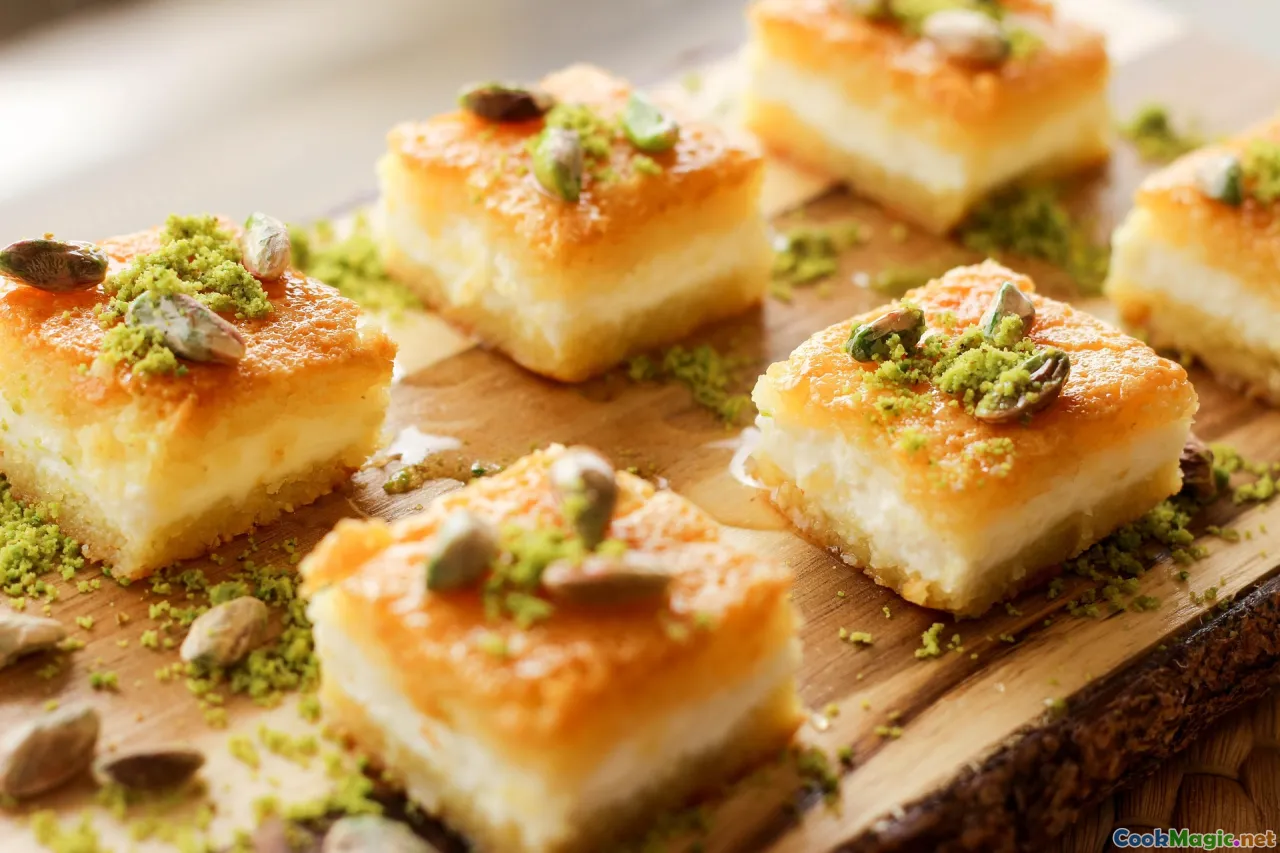
Cyprus, a crossroads of civilizations—from the Byzantines and Venetians to Ottomans—has cultivated a love for baklava that spans centuries. The island’s version of this sweet delicacy is characterized by its harmony of flavors and textures: layers of thin, flaky phyllo dough embracing a filling of crushed nuts—most commonly walnuts, almonds, or a mixture—richly seasoned with cinnamon and clove.
What sets Cypriot baklava apart is its close integration into cultural rituals. It is integral to religious holidays like Easter and Christmas, often prepared in family kitchens during festive periods, and shared across generations as an act of hospitality and love.
Regional Variations of Cypriot Baklava

While the foundational qualities of Cypriot baklava remain consistent—crispy layers, sweet syrup, aromatic spices—the island’s diverse regions each add their distinct twists.
Paphos: The Almond-Infused Version
In the western district of Paphos, baklava often features a pronounced almond flavor, reflective of the local almond orchards. Here, cooks sometimes incorporate ground almonds into the filling, creating a slightly coarser texture that balances the crispness of the phyllo.
Larnaca and Ammochostos: Walnut Classics
Moving eastward to Larnaca and Ammochostos, walnuts are king. Ancient walnut groves near the town inspire baklava recipes that highlight its nutty richness. Some baklava makers use chopped walnuts sprinkled generously between the layers or fold ground walnuts into the syrup—a delightful addition that lends a deeper, more roasted flavor.
Troodos Mountain Villages: Nut and Spice Harmony
In the cool mountain villages of Troodos, baklava recipes often incorporate spices like cloves or cardamom alongside cinnamon, giving the pastry a warm, spiced aroma. Additionally, local honey, often from mountain bee farms, adds a uniquely floral sweetness, making each bite fragrant with the wild herbs of the region.
Crafting the Perfect Cypriot Baklava: A Step-by-Step Guide
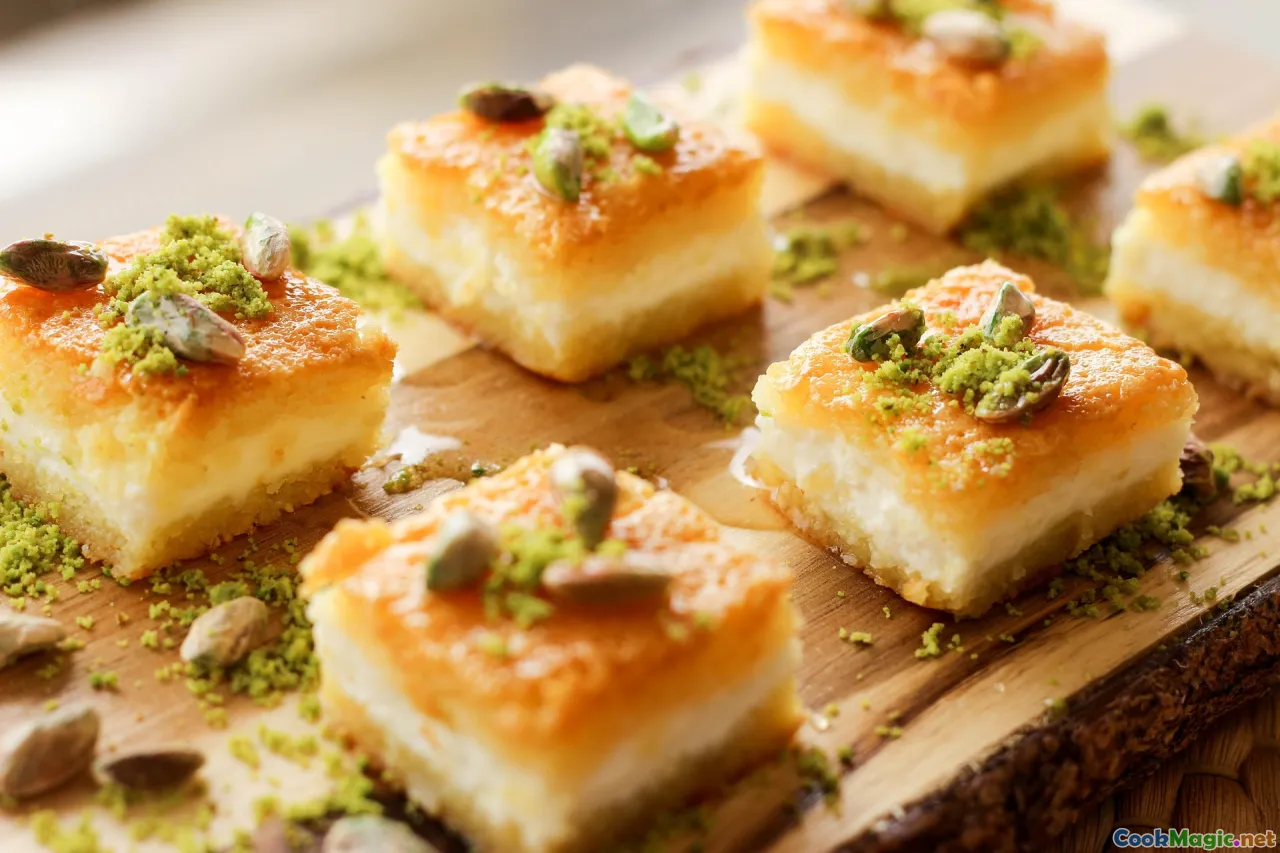
For those eager to bring a taste of Cyprus into their kitchens, here’s an insider’s guide to crafting authentic Cypriot baklava.
Ingredients:
- 500g phyllo dough, thawed
- 300g mixed nuts (walnuts, almonds, or a combination), finely chopped
- 200g unsalted butter, melted
- 1 tsp ground cinnamon
- 1/4 tsp ground cloves
- 1 cup honey
- 1 cup sugar
- 1 cup water
- Lemon zest (optional)
Instructions:
- Prepare the Nut Filling: Mix the chopped nuts with cinnamon and cloves.
- Layer the Phyllo: Brush a baking dish with melted butter. Layer sheets of phyllo, brushing each sheet with butter before adding the next.
- Add Nut Mixture: Sprinkle a portion of the nut mixture evenly over the layered phyllo.
- Repeat Layers: Continue layering phyllo and nuts until all ingredients are used, ending with a top layer of phyllo.
- Cut into Diamonds or Squares: Before baking, cut the unbaked baklava into desired shapes.
- Bake: Preheat oven to 180°C (350°F) and bake for about 45-50 minutes, until golden brown.
- Prepare the Syrup: While baking, simmer honey, sugar, water, and lemon zest until slightly thickened.
- Pour the Syrup: Once out of the oven, pour hot syrup evenly over the hot baklava.
- Cooling: Allow it to soak and cool for several hours or overnight, enabling flavors to meld.
Personal Tips:
- Use super-thin, fresh phyllo for maximum crispness.
- Brush generously with melted butter for rich layers.
- Let the baklava sit to achieve optimal syrup absorption.
The Emotional Connection: Baklava as a Cultural Symbol
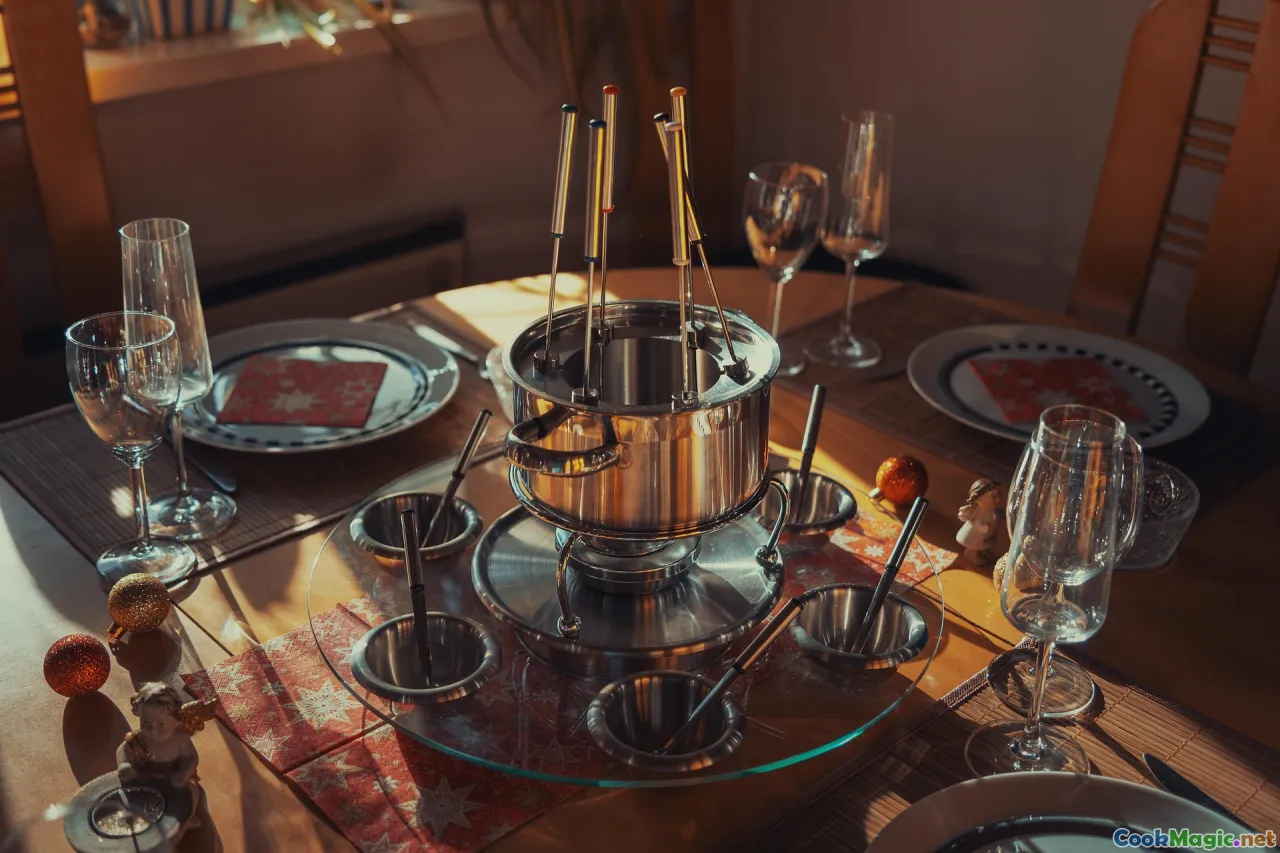
Baklava isn’t just a sweet treat; it’s a vessel of memories, emotions, and stories passed through generations. During Orthodox Christian Easter, families in Cyprus gather in the kitchens, each adding their secret touch to the recipe, mirroring the transmission of cultural identity. On each holiday table, a meticulously layered baklava symbolizes unity and continuity.
In some villages, a tradition calls for the youngest family member to cut the first piece, symbolizing hope and sharing. This act transforms baklava from a mere dessert into an expression of generational love—a tangible link anchoring Cypriot identity.
Modern Twists and Fusion Innovations
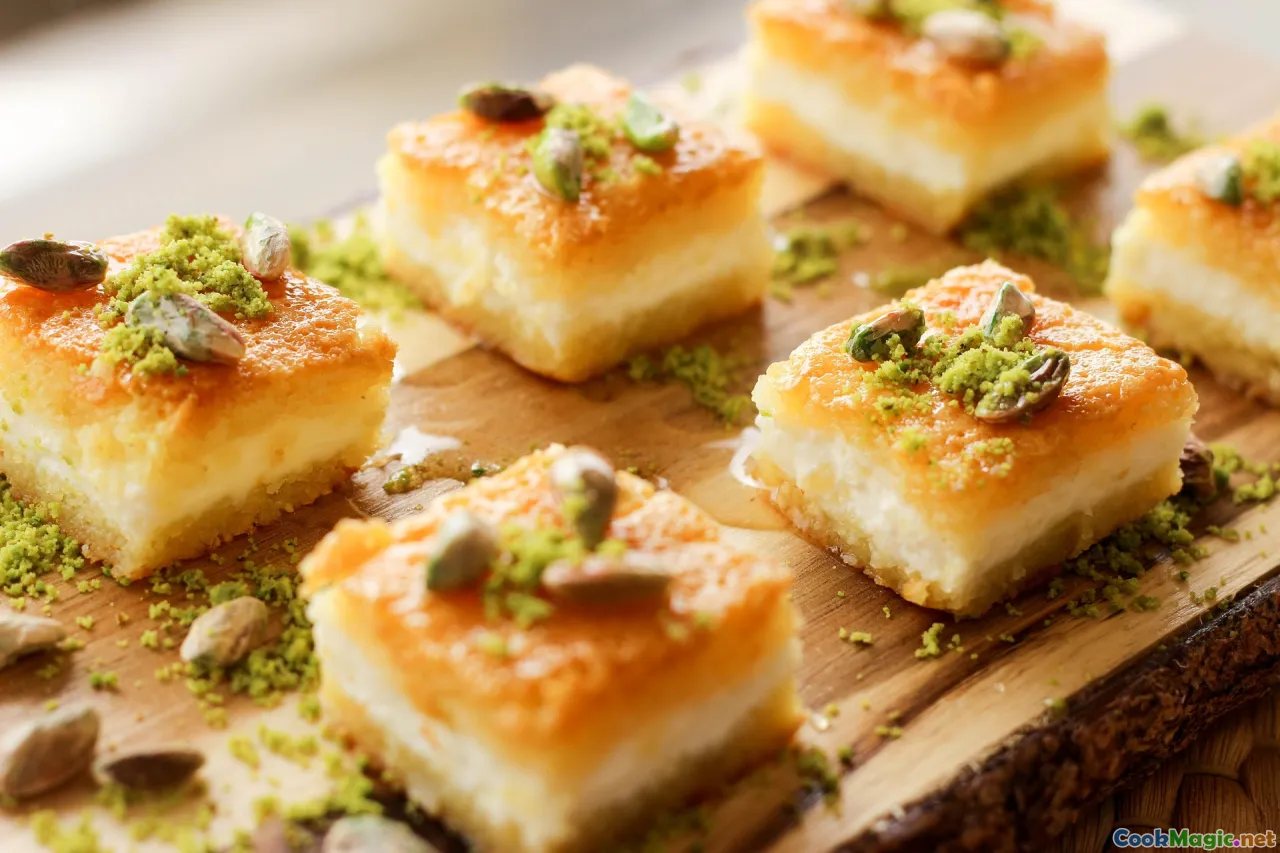
While staying rooted in tradition, contemporary baklava chefs push culinary boundaries, infusing local flavors with global influences. For example:
- Chocolate-dipped baklava: Dipping the finished pastry in dark, rich Cypriot-produced chocolate.
- Fruit-infused syrups: Replacing traditional honey with pomegranate molasses or fig syrup for a distinctive twist.
- Vegan adaptations: Using plant-based butter and alternative sweeteners without sacrificing flavor.
These modern versions, often served at boutique cafés in Nicosia or Limassol, appeal to a new generation seeking both tradition and innovation.
Celebrating Through Food: Baklava Events and Festivals

Across Cyprus, baklava finds its spotlight during local festivals. The Limassol Food Festival, for example, features live baking demonstrations where artisans share their secrets. During these events, visitors experience the sensory joy of fresh, just-baked baklava, often paired with aromatic Cyprus coffee.
Similarly, some villages host annual baklava contests, celebrating the artistry passed down through generations. Contestants showcase their signature twists, often community favorites, and vie for the coveted title of “Best Cypriot Baklava.” These gatherings reinforce community bonds and preserve ancient recipes.
A Personal Reflection: Savoring Cypriot Baklava
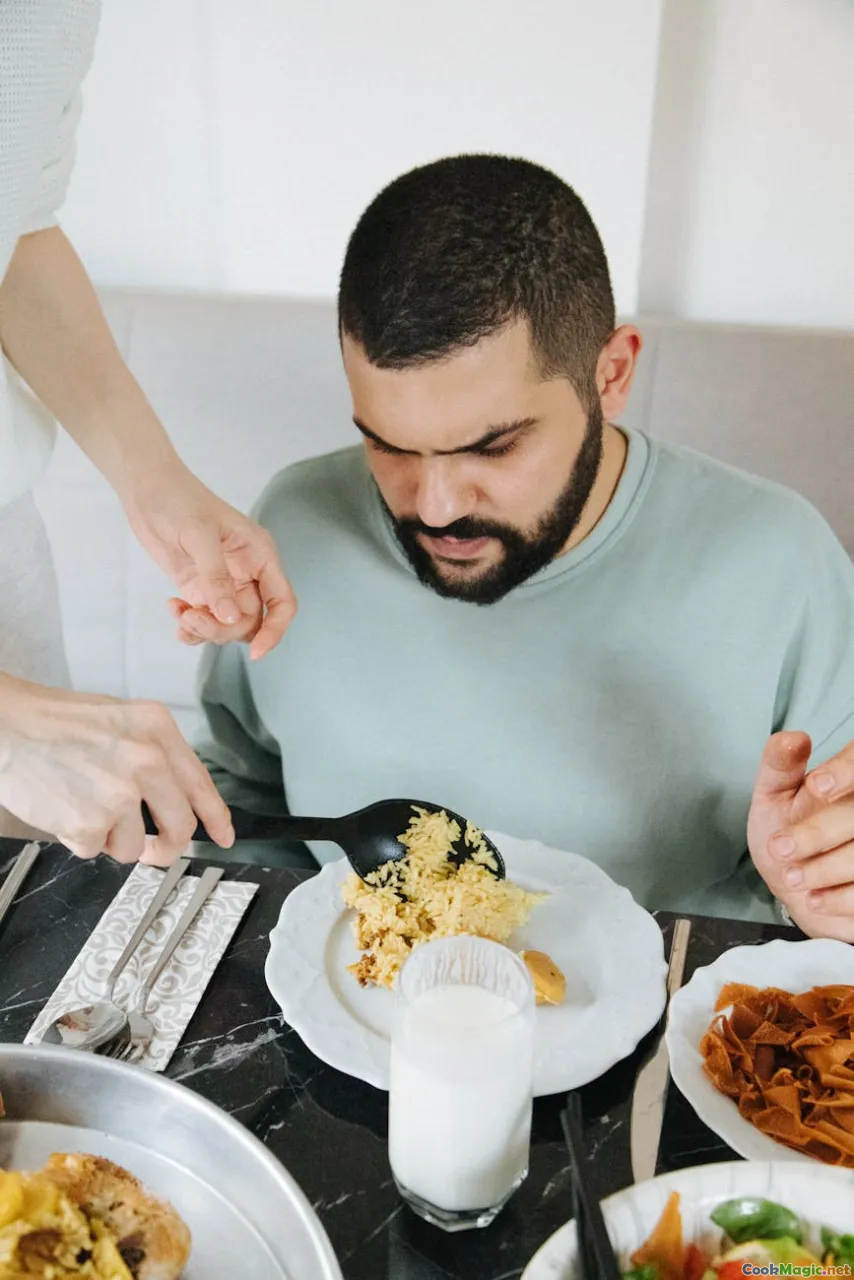
One of my most cherished memories of Cypriot life is sitting in a village taverna in the early evening, as the air fills with the honeyed scent of freshly made baklava. Sharing slices with locals, hearing stories of family recipes, and feeling the warmth of Cyprus’s hospitality—these moments deepen the connection to this exquisite dessert.
Every bite encapsulates centuries of history, regional pride, and familial love. It reminds us that food, at its best, is a bridge—linking tradition with the present, heritage with personal identity.
Whether you choose to recreate a traditional recipe or explore modern interpretations, engaging with Cypriot baklava is an immersive journey into the heart of the island’s culinary soul. With each piece, you partake in a sweet, spicy symphony that celebrates not just flavor but also the resilient spirit of Cyprus itself.









